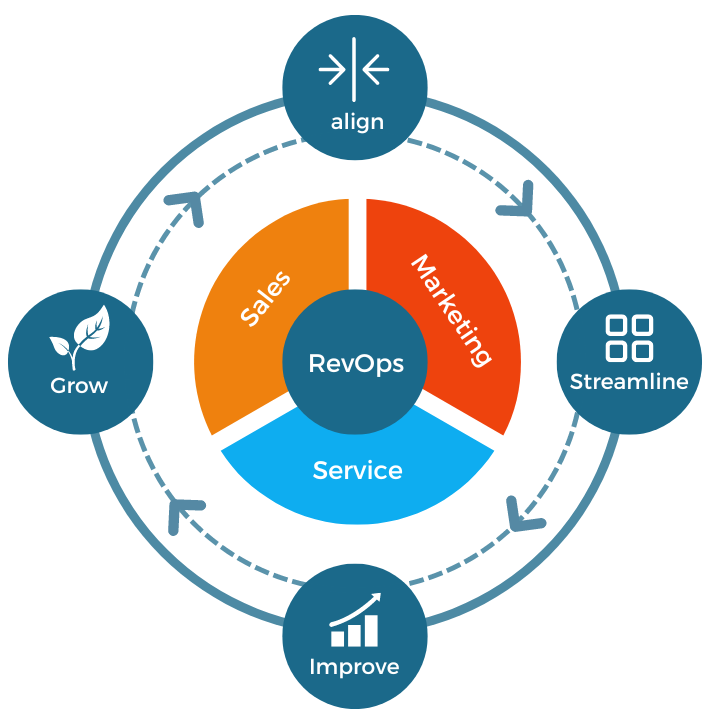3 Unique Investing Strategies to Benefit From Fed Rate Hike, Troy Gayeski
- This week, the Federal Reserve is likely to raise US interest rates for the first time since 2018.
- FS Investments’ chief market strategist Troy Gayeski has been preparing clients for this shift for months.
- He shares 3 unique alternatives plays that are “rooting” for the Fed to hike rates.
On Wednesday the Federal Reserve is likely to complete its first rate hike since 2018.
Market strategist Troy Gayeski has been preparing clients for this moment for months, if not years.
“Back in 2020, [we were], like ‘markets are gonna rip,'” Gayeski said. “But once the Fed starts transitioning, they’re going to be somewhat problematic and you know, here we are.”
At that point, Gayeski was the co-investing chief of the hedge fund founded by investor Anthony Scaramucci —SkyBridge Capital. Two years ago, he warned investors to expect more muted returns in the next three to five years in an interview with Insider.
“The best thing to do now is to look for alternatives with high single-digit like returns and in the near term that can run circles around fixed income and give equities a run for their money over the next 3 to 5 years, as well with far less downside,” he said in the interview.
Then in his new role as chief market strategist at the $29 billion investment firm FS Investments, he warned that investors could be walking into “multiple 10% corrections” in 2022 when the
Federal Reserve
starts to taper bond purchases and hike interest rates.
The market environment now is even more challenging than Gayeski could have imagined as recently as October.
The Federal Reserve is about to start raising rates to stave off surging inflation, just as the world is facing a major energy shock as a result of Russia’s invasion of Ukraine.
“Obviously, higher oil, drag on consumption, you have consumer confidence, which has taken a hit, the [geopolitical uncertainties] may delay a capex cycle, may also delay inventory restocking cycle,” Gayeski said. “So it’s just a much murkier economic picture now than it was prior to the invasion.”
Most investment firms are having to scramble to adjust to the changing economic and market environment, but for Gayeski and his clients the strategies they prepared for at the start of the year, make even more sense now, he said.
“Fortunately, there are still alternative solutions that ourselves and other firms offer that should be ports in the storm,” Gayeski said. He shares three strategies that are well positioned to benefit in the face of rate hikes.
An unconventional commodities play
With investors and consumers well aware that energy and food prices are about to get even higher, it may seem a logical bet to invest in commodities.
But it can be a dangerous game to play with most commodities already sitting at sky-high prices.
A dramatic reversal could quickly hurt investors that don’t have an active approach to commodity investing, Gayeski said.
An example of a dramatic reversal could occur if China secures long-term commodity contacts with Russia in return for acting as a fair broker in the negotiations between Moscow and Kyiv, Gayeski said.
This could benefit China in many ways, because it could both lock in natural resources at artificially cheap prices and elevate Beijing on the international stage, he added.
“If something like that were to happen, clearly you could have major reversals in commodities, you could have a large relief rally in broader risk assets,” Gayeski said. “But again, like going back to certainty/uncertainty, what’s the probability of that happening 10%, 20%, 30%, not 50% right?,” he said, adding: “so it’s very tricky environment to try to time those.”
Gayeski’s firm offers a real assets strategy that balances old-school commodity plays with more modern infrastructure plays, like semiconductor equipment.
This type of strategy will generate more consistent returns in the face of rising Fed rates, while also offering some exposure to the set of commodities that are on a tear, such as copper, nickel or lithium.
A resilient real estate play
Another challenging area of the market to play right now is real estate
Many investors predict a stagflationary or recessionary environment. In both those scenarios, real estate generally tends to underperform other asset classes.
But Gayeski wants to draw investors toward senior security commercial real estate debt, which he says is highly economically insensitive. Bondholders take priority over shareholders in the event of a company going bankrupt, or even making regular payments to its creditors. Senior secured debt holders are first in line for payment and, as a result, these instruments hold the least amount of risk, compared to shareholders, who face the most risk and the lowest priority for repayment.
“That’s a strategy that is senior in the capital structure, throws off 5.5% to 6.6%
dividend yield
— very economically resilient, because you are senior in the capital structure,” he said.
With returns in the mid-to-high single digits, it’s a strategy that can act as a replacement for fixed income or public equity exposure, he said.
“Now, because you want less beta, you want less duration and this has neither of those,” Gayeski said. “You’re rooting for the Fed to hike and the Fed is certainly gonna hike, it’s just a question of how much.”
Duration is a way of measuring how much a debt instrument’s price will change when interest rates change. Typically, the higher the duration — that is, the longer it takes for the issuer to fully repay the principal and interest — the more the debt instrument’s price will fall when interest rates rise and vice versa.
In addition to having immunity to duration and the impact of rate rises, senior commercial real estate debt can be packaged into debt REITs, which are investment trusts that track the mortgages of commercial real estate properties.
“We don’t expect a downturn in commercial real estate of any meaningful size, anytime soon. But how many times have people been surprised, right?,” Gayeski said. “And so if that were to happen, you have much less downside, if any, compared to equity REITs, which are in the equity part of its capital structure.”
Business Development Corporations (BDCs)
Another yield-driven strategy that’s performing better than Gayeski expected coming into this year is the business development corporation (BDC) structure.
FS Investments manages the second largest listed BDC. It’s essentially is a closed-end fund that provides exposure to the debt or equity of smaller US companies. Many BDCs themselves are publicly listed and therefore open to retail investors too.
Gayeski describes investing in BDCs as the firm making cash flow-based loans to businesses and in return generating dividend-like yields. BDCs tend to be higher risk than conventional corporate debt or equities, but higher return. An advantage of any closed-end fund, including BDCs, is it can trade at a discount to its net asset value, which means investors can profit by buying its shares when they’re cheap and selling them when the fund trades at a premium to NAV.
“But because it trades at a discount to NAV of about 18%, you have not only a very healthy dividend, which is right around 11% now,” Gayeski said. “But you also have the potential to pull the NAV over time. So you have a really tremendous total return story. Furthermore, all the assets are floating rate.”
A floating rate means Gayeski is hoping the Fed will raise rates as this will generate higher returns.
“Because it’s a tradable security, it has much more mark-to-market
volatility
potential,” Gayeski said. “If you get a large economic downturn, you do have more downside potential by far than being seen in secured commercial real estate debt. “



.jpeg?width=682&height=455&name=AdobeStock_295048993%20(1).jpeg)



